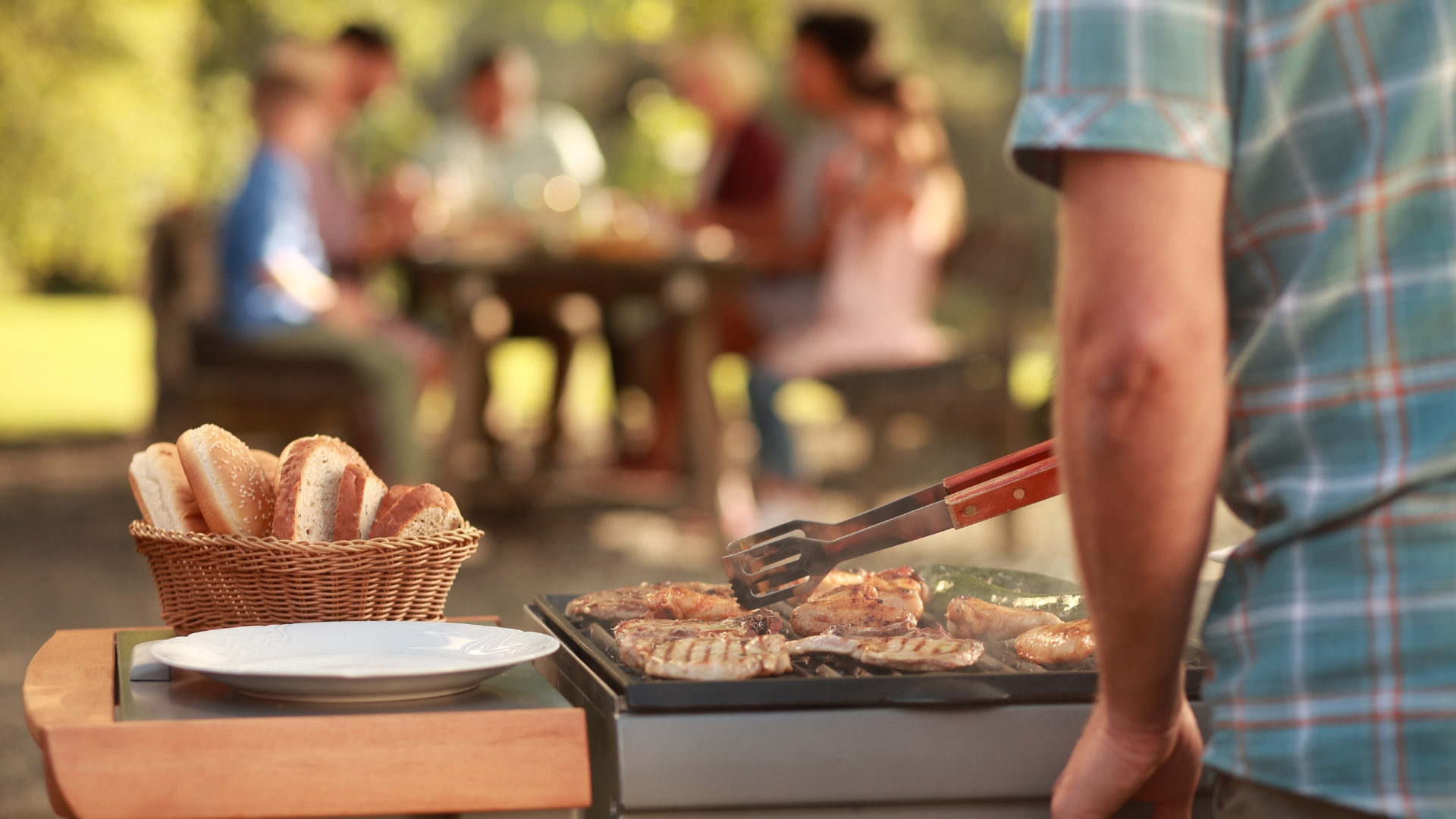Picture this: you’ve made a reservation at your favorite restaurant with close friends, family visiting from out of town, maybe a hot date. Your dining partner knows you are into wine, i.e. someone who professes to know more than the average Joe about fermented grape juice. They expect you to pick something good, and you’re confident you will impress: the food is top-notch and the wine you have in mind is a showstopper.
The first hiccup comes when the sommelier gently and professionally suggests another wine for the dish you chose. You scoff and dismiss the alternate wine. You know this producer, you know the vintage, you’ve had this wine at this very restaurant before, and it was incredible!
But here is the catch: you haven’t had that wine with that dish before. And that changes everything. The food is brought out, the sommelier pours you and your dining partner a glass, you toast, and tuck into dinner. And…it is not a stellar as you remembered. In fact, the wine is downright flabby/bitter/flat/acidic.
The right food and wine pairing can bring a dish and wine to new heights, and the wrong food and wine pairing can do exactly the opposite: make even the greatest wine less than appealing. It is the fault of neither the wine nor the food—it’s the components of each that clash rather than complement. Ideally, your sommelier will be knowledgeable and ideally, you will heed their suggestions. But of course that won’t always be the case. At any rate, there exist more occasions to drink wine when you’re not presided over by a sommelier than not. Therefore, knowing the following basic wine and food pairing rules will help you choose wine and food with purpose and feel more confident about your dinner date.
Wine and Food Pairing Tips and Rules
It’s easier to pair wine and food if we talk about tastes, not flavors, since there are only five tastes and everyone has them: sweet, sour, salty, bitter, and umami. These are found in both wine and food, and pairing some can elevate your dining experience while pairing others can detract from it.
Further, there are two ways to pair food and wine: by contrasting them or making them taste similar (kind of like what attracts us to another person…either their similarities or differences!). For example:
- Sweet ‘n’ spicy: a low-alcohol, slightly sweet wine paired with spicy food is a contrast.
- Like with like: A low-alcohol, slightly sweet wine paired with fruit salad is a similarity.
Based off of the five tastes, here are the contrasts and similarities that you can bet on to work in your favor:
- Sweet: sweet food cancels (or diminishes) the sweet taste of wine. It also makes the wine seem less fruity. A good general rule is to select a wine with more sweetness than the food.
- Sour: sweet food complements sour or acidic wines by masking the acidic character of the wine: sour or acidic foods are complemented by acidic wines.
- Bitter: bitter tannin mitigates (covers up) bitter flavors in food; tannin also cuts through the fat of red meats.
- Salt: uncommon in wines, but some salty foods match well with acidic wines, just like beer goes well with pretzels. Salt is generally “wine-friendly,” giving the perception of more body and less astringency, bitterness, and acidity in wine.
- Umami: also uncommon in wines, but a high-umami food acts a lot like sweet foods. Umami-rich foods are difficult to pair with wines if they lack salt (like asparagus, eggs, and mushrooms). Pairing a very fruity wine will work well.
Here are a few other tips to remember when pairing wine and food:
- Alcohol increases the perception of chili heat on your tongue, so if you’re eating a spicy meal and are sensitive to that burning sensation, careful with the ABV.
- The overall intensity in food can be matched with the intensity of wine (delicate seafood with a light, crisp white wine). Sometimes, though, a very flavorful dish pairs wonderfully with a light, simple wine. Again: contrasts and similarities!
- What about: “What grows together, goes together”? This rule suggests that local foods and wines will always pair well together. While it’s true that successful food and wine pairings have evolved together over many years, it’s still helpful to be aware of the above rules. Winemaking styles can evolve separately from food, and vice versa, especially considering today’s globalization, quickly changing food trends, and the mix of influences and cultures in both the wine and food worlds.




